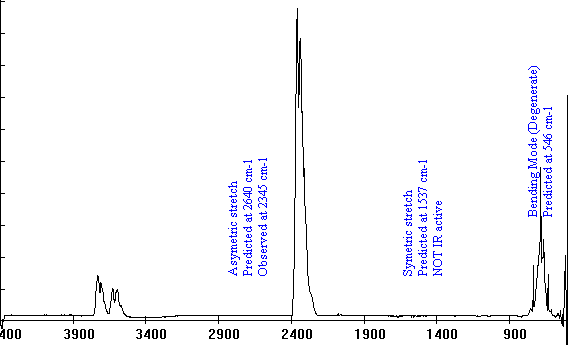Not at all, since the warming in the Arctic has been going on for over 30 years and YET the methane levels in the globe slowed down to flat over that time frame.
If a major NEW source of methane was happening because of permafrost melting then the levels wouldn't have stopped rising. Arthur
Most of your data (all of it?) stops in 2005 or 2006, but curves Trippy presents here:
http://www.sciforums.com/showpost.php?p=2686604&postcount=445
Extend past 2009 and clearly show the CH4 rise has resumed after a PAUSE, of a few years at the end of the time window you do present. The reasons for the pause is not clear, but it is likely that at least part, if not all, of the resumed greater release may be due to a new arctic phenomena: large fires, which in a few years change the nature of the arctic vegetation from rootless plants to plants with deeper roots, some of which are effectively “straws” to transport deeper CH4 to the surface air. See for example:
http://www.sciforums.com/showpost.php?p=2686679&postcount=448
or the full post that is from at post 424.
In the first year after the large 2007 Alaskan fire, the well burned areas were free of mosses and had new plants with deeper roots (some type of willow, as I recall). And the CH4 release rate had essentially doubled in that year.
Also in post 445's third quoted section reports the measured values of the CH4 release rate from arctic tundra areas that had long established tall grass, "horsetail", and found it was 87 times greater than another still moss covered area. (I am not sure, but perhaps that other comparison area was actually a net absorber of CH4, not releasing on average.)
Given the positive feedback of fires, never before seen on this large scale*, via vegetation change and the fact that the pause in CH4 release rate has ended, with resumption of greater atmospheric concentrations measured (post 445 data) how can you be so confident in your now obsolete data?
Also it is important to note that there is a dramatic change in the shallow arctic shelf. Until a few years ago, USSR’s subs had no sonar problems with “bubble clouds” scattering their sonar signals. Presumably the lower rates to trapped CH4 leaking thru the sea were mainly dissolving in sea water, but in many areas it is now saturated, so the newly released CH4 from below the increasing failing permafrost “sealing cap” is not dissolving but bubbling up into the atmosphere as gaseous CH4. That too is another positive feedback system: Now that the trapped below permafrost CH4 is entering that atmosphere, (instead of dissolving in the sea) the rate of arctic warming (world's fastest) will further increase and cause more of the permafrost "sealing cap" to fail.
Again: why are you ignoring the more recent facts and remaining confident there is no reason for concern based on data that terminates in 2006 or before?
* I am not sure, but the references of my post states that the now warmer summers have more electrical storms; lightning may be the cause of the fires.








